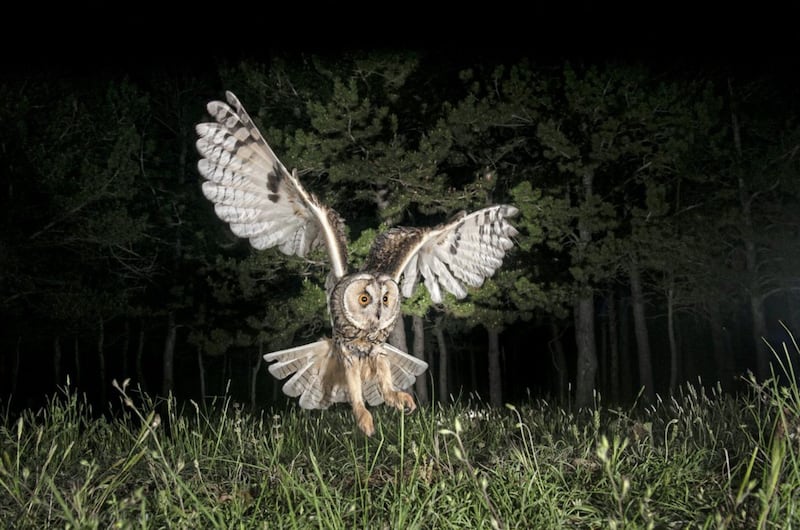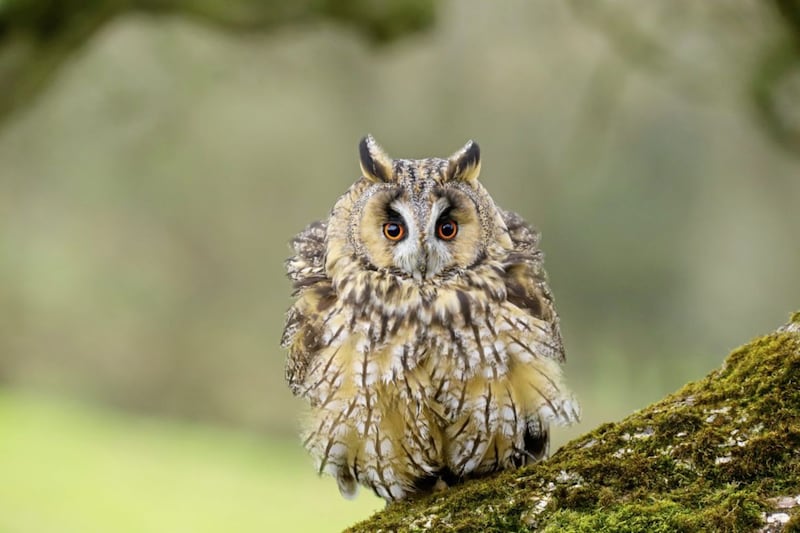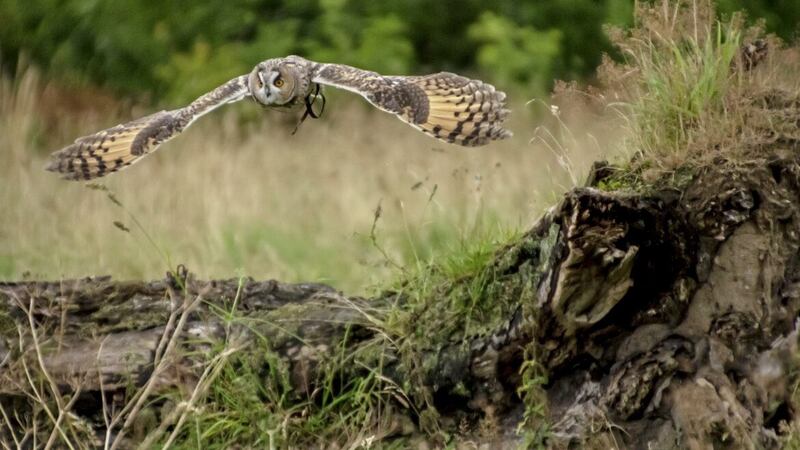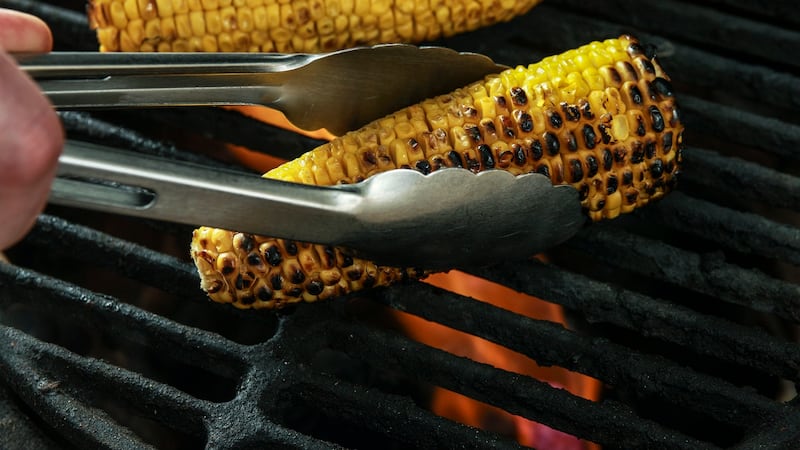AS shadows lengthen, autumn breezes purge our trees and, wrote John Clare, "every object wears a different hue".
Pruning a compact fuchsia plant recently, I noticed alongside it in the pot an oak sapling just centimetres tall, anchored in the soil and dressed in three lobed leaves. Beside the sprig was a discarded skin covering from which the acorn’s taproot had touched the clay and crept downward seeking nourishment for the upward shoot beginning life as a small oak.
Lack of light penetrating the tree’s canopy means acorns rarely sprout below parent trees, requiring instead animals and birds to disperse them to suitable areas for germination with sufficient light, water and soil.
Although mice, squirrels and jays will eat acorns, sometimes they scatter them for hoarding or burying, often forgetting where they’ve left them, and if conditions are right some will take root and grow. I suspect this isolated acorn may have been abandoned by a small mammal or dropped from above during an act of piracy from squabbling crows.
However it arrived, I was drawn to its tender bond with the earth, holding fast to a birth place. The ancient druids revered the oak tree, using it in many seasonal rituals and ceremonies.
These influential men and women educators of the time believed it to be sacred, and frequently gathered in oak groves. Roman naturalist Pliny wrote of their relationship with the oak tree: "They never perform any of their rites except in the presence of a branch of it."
Read more:
- Stephen Colton's Take on Nature: What a wonderful world
- Take on Nature: On the Wild Atlantic Way
- Take on Nature: A long-time Irish resident
The word 'druid' itself has numerous possible origins, including, from the Latin ‘druias’, the Celtic words ‘Dru-wid', both suggesting 'oak knowledge or knower’. A modern Irish word for druid, ‘Draoi’ means ‘sorcerer’, further linking them with powers of enchantment.
The sapling and image of druids prompted thoughts of Halloween, the pagan festival of Samhain, ‘summer’s end’, not far off. This the time when our Celtic ancestors marked the end of summer, the harvest and the beginning of winter’s dark months with bonfire celebrations, merriment and invitations to spirits of the otherworld.
Later that evening, while driving from Omagh to Dromore, I saw the brown and beige plumage of a long-eared owl ghost across the road, from a pocket of woodland. Exposed by the car headlights this bird of night fuelled more pondering on the uncanny activities of All Hallows’ Eve.

Owls have long been associated with ill omen through the hours of darkness, with Shakespeare writing in Henry VI Part I, "thou ominous and fearful owl of death", while folktales of witchery have given rise to the Irish term 'cailleach oíche', or 'night witch', for the owl.
The long-eared owl is the most likely of our two resident owl species to be seen, the other being the rarer barn owl, with its ghostly white form while the short-eared owl is a sporadic winter visitor and rare breeder. Long tufts at each side of its head, not ears but feathers, give the long-eared its name and with its bright eyes, it earns the Irish name, ‘an ceann cait’, the cat’s head.

On ‘Oíche Shamhna’, the druids led many of the celebrations which were intimately connected to the earth and seasonal change. Animals were brought indoors, and all harvest safely gathered, while bonfires were lit and boundaries between the natural and supernatural briefly blurred.
Spirits from beyond were called to move freely on earth again, while feasting, dancing, and mischief making were all encouraged. Although activities around the now Christianised festival are much tamer, ‘Oidhe na h-Aimleise’ (night of mischief), like the tiny oak, remains firmly rooted.








